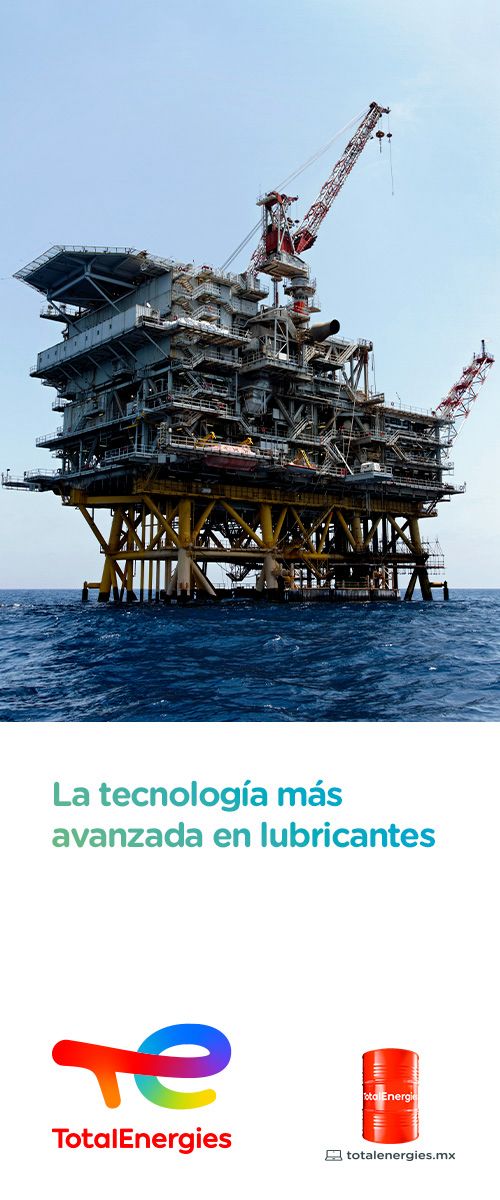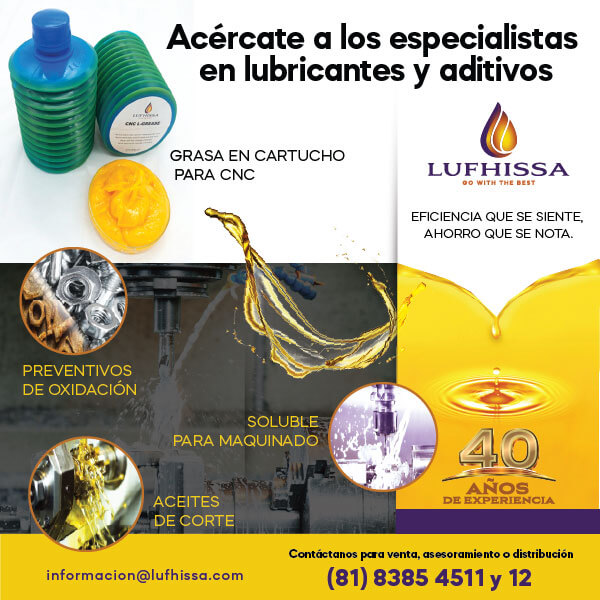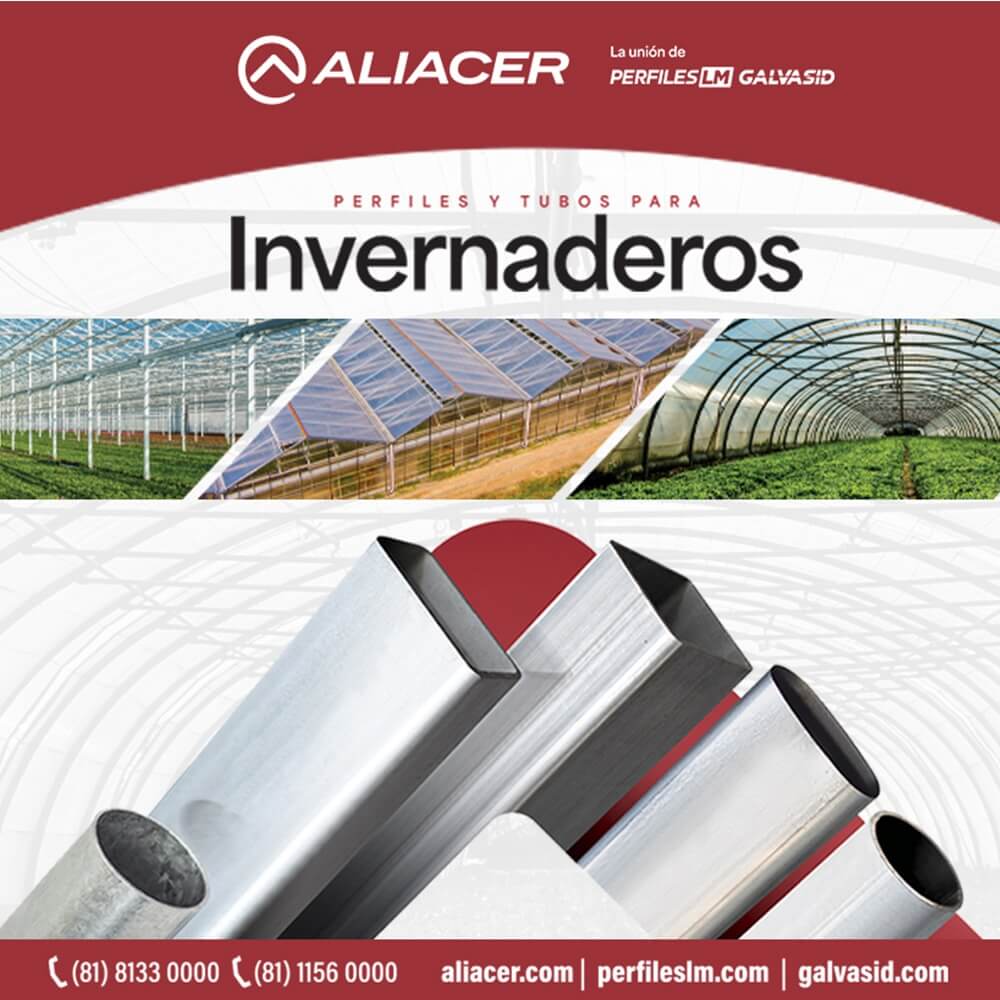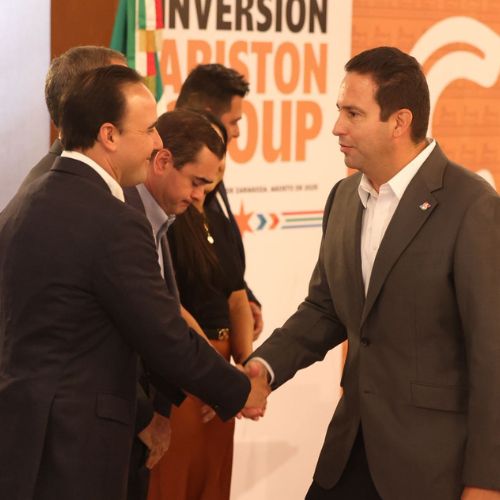NEW COMPANIES DROP ANCHOR IN MEXICO
Nuevo León, Saltillo, Nuevo Laredo, Querétaro and San Luis Potosí attract industrial investments
The rebound was demonstrated by the number of large and important foreign companies that started operations for the first time in Mexico, especially in places such as Monterrey and its metropolitan area, Saltillo, Querétaro, and San Luis Potosí. In Nuevo León, it is estimated that around 20 new companies signed industrial real estate contracts during 2010, while in Saltillo eigth companies started operations for the first time, in Monterrey one, in San Luis Potosí five, and in Querétaro 16.
Thanks to all of the above, the Mexican economy continued to show signs of recovery throughout 2010. The economic upturn was brought about in part by an increase in foreign demand: the United States’ economy recovered and, in turn, benefited various productive sectors in the country. The recovery was also due to the fact that companies that had previously left their plans on standby gave the green light to start operations.
Based on square feet alone, Nuevo León was the dominant region in real estate closes, with over 6,113,717 square feet sold. It was followed by Querétaro’s 4,400,000 square feet, Saltillo’s more than 1,629,238 square feet, San Luis Potosí’s 972,778 square feet and finally Nuevo Laredo’s 630,144 square feet.
An Industrial City
In Nuevo León, the total number of businesses that invested in real estate spaces during 2010 was 67, of which 20 were investments by new companies that saw the competitive advantages of the State and decided to initiate operations there, 38 more were expansions, and 10 more were relocations of companies from one plant to another.
Among the new companies that arrived, the Polaris Company stood out due to the large number of square feet that its new plant will occupy in Apodaca’s American Industrial Park.
Starting in March 2011, Polaris will use its 425,000 square feet to produce ATVs used for recreation and construction work, as well as Rangers and RZRs.
The aforementioned business invested a little more than 55 million dollars in a plant that offered all that it was looking for: excellent location, logistics, infrastructure, availability of services, prestige, and quality.
Easton Bell Sport, which also specializes in the production of sports equipment, started operations during the last trimester of 2010, filling 117,328 square feet of Guadalupe’s Nexxus Industrial Park.
Likewise, Embraco, a manufacturer of high efficiency hermetic compressors, announced its $90 million investment in Apodaca’s Kronos Industrial Park.
The Austrian company Greiner Assitec also decided to install a plastic packaging manufacturing plant in Apodaca, in the hopes that its new location will allow it to better attend to the needs of LEGO, one of its potential clients.
Greiner first became interested in its new 53,482 square-foot space in the American Industries Huinalá Industrial Park based on its location. The aforementioned plant is the only unit of their packaging division that is located outside of the Old Continent, and the company invested around 3 million dollars to obtain it.
In addition to the arrival of new businesses, Nuevo León also stood out in the real estate market for the high number of expansions that took place there.
In order to better serve their customers, 38 companies expanded their operations and production areas.
These companies include LEGO, a Danish business that toward the end of the year invested more than 100 million dollars to enlarge its production plant in Ciénega de Flores.
The company increased its plant space by 367,278 square feet, in order to reach a grand total of 466,092 square feet.
Trane was another company that attracted attention during 2010 due to its expansion of two plants in the Stiva Apodaca Park. In total, the company increased its presence in Nuevo León by 225,805 square feet.
Sergio Chávez, an analyst for CB Richard Ellis, believes that the attraction of Monterrey and its metropolitan area for investors is based on the fact that a large percentage of automotive and household appliance suppliers are located here, which makes it appealing to investors working in this line of business.
For Marcos Alvárez, Director of Marketing and Industrial Resources for Select, the absorption of 2010, as compared with that of 2009, increased by approximately 38%. This is reflected in the about 6,300,000 square feet that were absorbed in 2009, as compared with the 6,113,717 taken in 2010.
Alvarez estimated that the town still has about 4.93 million square feet available.
Querétaro: Attractive Potential
Over the past year, Querétaro was home to 30 industrial real estate closes: 16 new businesses, 12 expansions and two plant relocations.
The park that topped the list of closes was the Querétaro Industrial Park, which had nine closes, four of which were made by businesses arriving at the park for the first time.
René Jasso Martínez, Sales and Promotion Manager for the Querétaro Industrial Park (PIQ – Parque Industrial Querétaro) said that the park’s success with closes is due to the growth of clients who have benefited by being located in the park.
Jasso estimates that, in 2011, the park may attract at least five new middle- and large-sized investments.
Companies that saw PIQ’s competitive advantages in 2010 included Windsor Mold with 409,028 square feet (37,973m2); Samsung C&T with 441,320 square feet (40,970 m2); DR ENC with 374,584 square feet
(34,745 m2) and Prima Tech with 204,514 square feet (18,952 m2).
Another park worth mentioning in 2010 was the Noria Industrial Park, whose installations attracted the attention of eight businesses.
Five of these businesses are new, among them the noteworthy Avanguard, with its surface area of 107,000 square feet (9,940 m2); Williams Scotsman, with 107,000 square feet (9,940m2), and KCU México with 37,673 square feet (3,437 m2).
In Querétaro, some already established businesses also drew attention because of their impressive growth, as in the cases of the automotive company Nihon Plast Mexicana, which expanded 530,520 square feet (49,238 m2) in the El Marques Industrial Park, and Ronal, which expanded 409,028 square feet (37,997 m2) in the Querétaro Industrial Park.
Saltillo’s workforce attracts attention
Thanks to its workforce and its power in the automotive sector, Saltillo stands out as another location that showed improvements in the industrial property market during 2010.
The recovery of the automotive industry helped the industrial plant market by increasing industrial space requirements, either by increases in production or by the arrival of new businesses to the city.
During the past year, Saltillo witnessed 23 real estate investments, of which eigth were new businesses coming to the city, twelve more were expansions and three were plant relocations.
Nova Metal set up shop for the first time in a 150,000 square-foot plant in Saltillo, as did Mexican Coilplus in a 97,994 square-foot area in the Santa Maria Industrial Park, while Johnson Controls expanded its presence in the park by 220,000 square feet.
Notably, Ramos Arizpe continues to be the industrial zone with the best sale of industrial plants, not to mention that it is also the most dynamic zone as judged by market activity and one of the zones with the highest average list price on the market.
The CBRE Analyst, Sergio Chávez, stressed that Saltillo’s market is one of over 10,763,900 square feet. Of the total available space, only 8% is occupied.
San Luis, another option.
Although San Luis Potosí’s industrial real estate market is still being reestablished, some important closes took place there during 2010, among them two made by companies starting operations in the city for the first time.
Bellvue stood out for making its new home in a 484,376 square-foot space in the Millenium Park, just as the Vela Industrial Group did for their arrival at a 172,222 square-foot plant in the Logistik Park.
Maricela Valencia, Marketing Manager for Citius Capital’s Región Bajío, mentioned that San Luis Potosí is attractive to foreign and national investors for its industrial parks’ privacy and infrastructure, as well as by the developers’ flexibility.
“Companies are looking for safety, excellent infrastructure, and an attractive quality of life, all close to industry and major roadways. And San Luis Potosí can offer all of that,” said Valencia.
On the Border
During 2010, five companies decided to invest in Nuevo Laredo, one of them for the first time ever and the other four deciding to expand their operations.
PSC Maquiladora arrived in Nuevo Laredo for the first time and made its home in a 77,000 square-foot space in the Oradel Industrial Park.
Tecmosa (Caterpillar) drew attention for its remarkable growth: it expanded its surface area by 253,00 square feet. Likewise, Productos Medline expanded by 195,000 square feet, Sony by 65,144 square feet and Kongsberg Driveline Systems by 40,000 square feet.













































































































































































